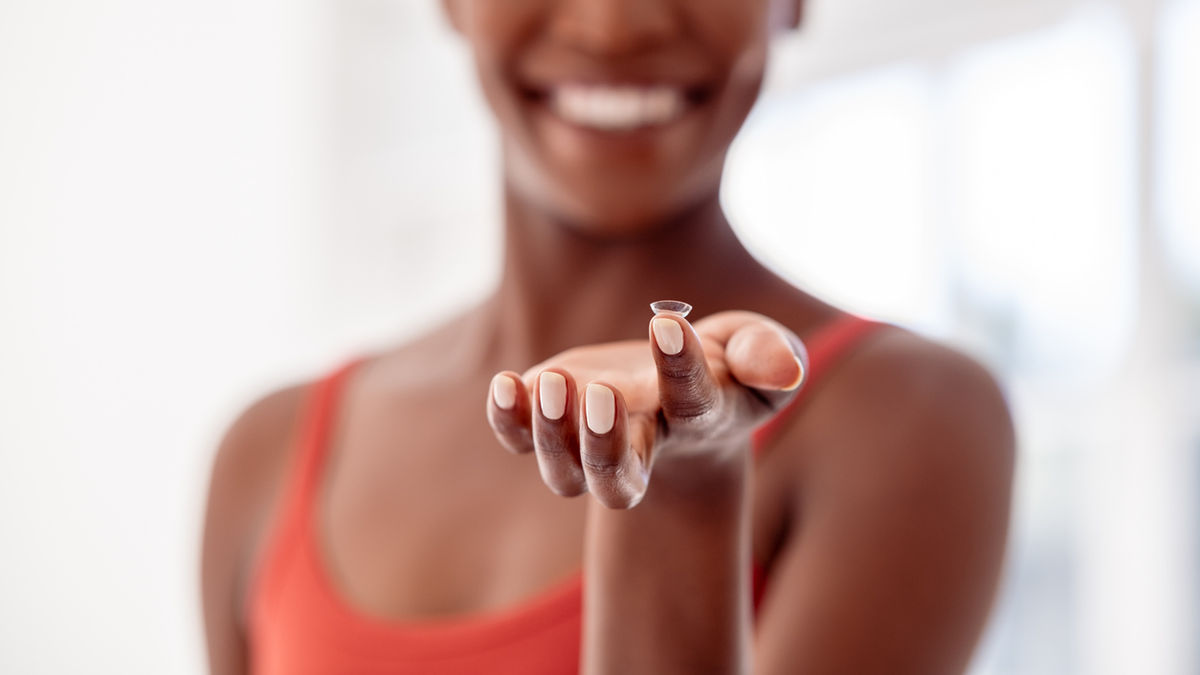Clinical
NaturalVue Multifocal contact lens - Q&A With Dr Carolyn Lederman

Sponsored by
In this article:
Our new Q&A format is designed to explore a particular clinical topic, intervention, product or research paper with an expert. In this interview we chat with Dr Carolyn Lederman, a pediatric ophthalmologist from the USA, about how she prescribes and manages myopia patients with the NaturalVue Multifocal 1 Day contact lens in her practice.
Dr Lederman mentions not having a strict age criteria for fitting children with contact lenses - this is in line with evidence stating that children aged 8-12 years get as much quality-of-life benefit from contact lens wear as teenagers.1
Children and teenagers can also be very successful contact lens wearers over the long-term, with one study reporting that children who started daily disposable contact lens wear between ages 8 and 12 years exhibited minimal impact on ocular health appearance after six years of wear.2
Dr Lederman also mentions using astigmatism level as a criteria for treatment selection. Read more on this topic in this Case Study entitled NaturalVue Multifocal contact lens fitting and astigmatism.
Read more detail in this clinical article entitled Understanding the NaturalVue Multifocal contact lens.
To explore more about what makes the NaturalVue Multifocal unique, have a look at our new article entitled What does extended depth of focus mean in contact lens designs?
In a published paper describing retrospective clinical cohort data from wearers for up to 6 years, the average annual refractive myopia progression of the wearer group at each time point was less than 0.25D.3 Read more about this data in our Myopia Profile Science Summary.
Learn more about the NaturalVue Multifocal 1 Day
Clinical Article: What Does Extended Depth Of Focus Mean In Contact Lens Designs?
Clinical Article: Understanding the NaturalVue Multifocal contact lens
Case Study: NaturalVue Multifocal Contact Lens Fitting And Astigmatism
Case Study: The NaturalVue Multifocal Contact Lens - Astigmatism 'Masking' Or 'Correcting'?
Disclaimer
Indications for Use - United States: NaturalVue® (etafilcon A) Multifocal Daily Disposable Soft Contact Lenses are indicated for daily wear for the correction of refractive ametropia (myopia and hyperopia), and/or presbyopia in normal eyes.
Indications for Use - Global (OUS) NaturalVue® (etafilcon A) Multifocal Daily Disposable Soft Contact Lenses are indicated for daily wear for the correction of refractive ametropia (myopia and hyperopia), and/or presbyopia, and myopia progression control.
Meet the Authors:
About Dr Carol Lederman
Dr. Carolyn Lederman is a Pediatric Ophthalmologist practicing in White Plains and Purchase, New York for 25 years. She graduated from the University of Virginia medical school, completed her Ophthalmology residency at Manhattan Eye, Ear and Throat Hospital, and her fellowship in Pediatric Ophthalmology and Strabismus at Children's National Medical Center. In addition to her medical and surgical practice, Dr. Lederman has served as President of the Greater New York Society of Pediatric Ophthalmology and Strabismus and Vice President of the Westchester Ophthalmology Society. She is currently the Division Chief of Ophthalmology at White Plains Hospital, and in private practice at Lederman & Lederman in Stamford, CT.
This content is brought to you thanks to an educational grant from
References
- Walline JJ, Gaume A, Jones LA, Rah MJ, Manny RE, Berntsen DA, Chitkara M, Kim A, Quinn N. Benefits of contact lens wear for children and teens. Eye Contact Lens. 2007 Nov;33(6 Pt 1):317-21. (link)
- Woods J, Jones D, Jones L, Jones S, Hunt C, Chamberlain P, McNally J. Ocular health of children wearing daily disposable contact lenses over a 6-year period. Contact Lens and Anterior Eye. 2021 Aug 1;44(4):101391.(link) [Link to Myopia Profile Science Summary]
- Cooper J, O'Connor B, Aller T, Dillehay SM, Weibel K, Benoit D. Reduction of Myopic Progression Using a Multifocal Soft Contact Lens: A Retrospective Cohort Study. Clin Ophthalmol. 2022 Jul 4; 16:2145-2155. (link) [Link to Myopia Profile Science Summary]
Enormous thanks to our visionary sponsors
Myopia Profile’s growth into a world leading platform has been made possible through the support of our visionary sponsors, who share our mission to improve children’s vision care worldwide. Click on their logos to learn about how these companies are innovating and developing resources with us to support you in managing your patients with myopia.










